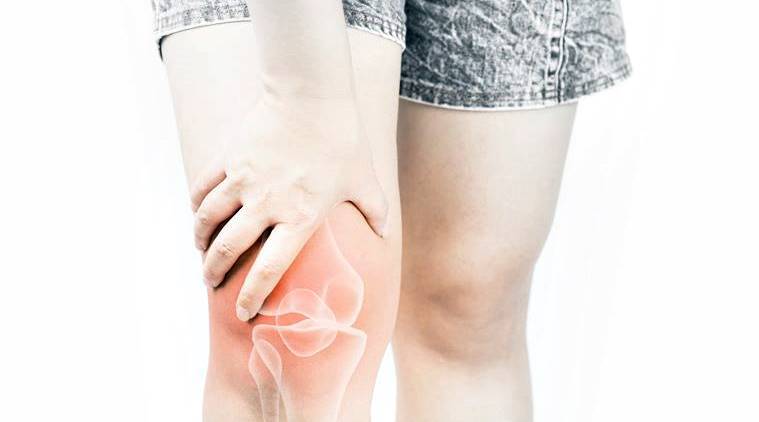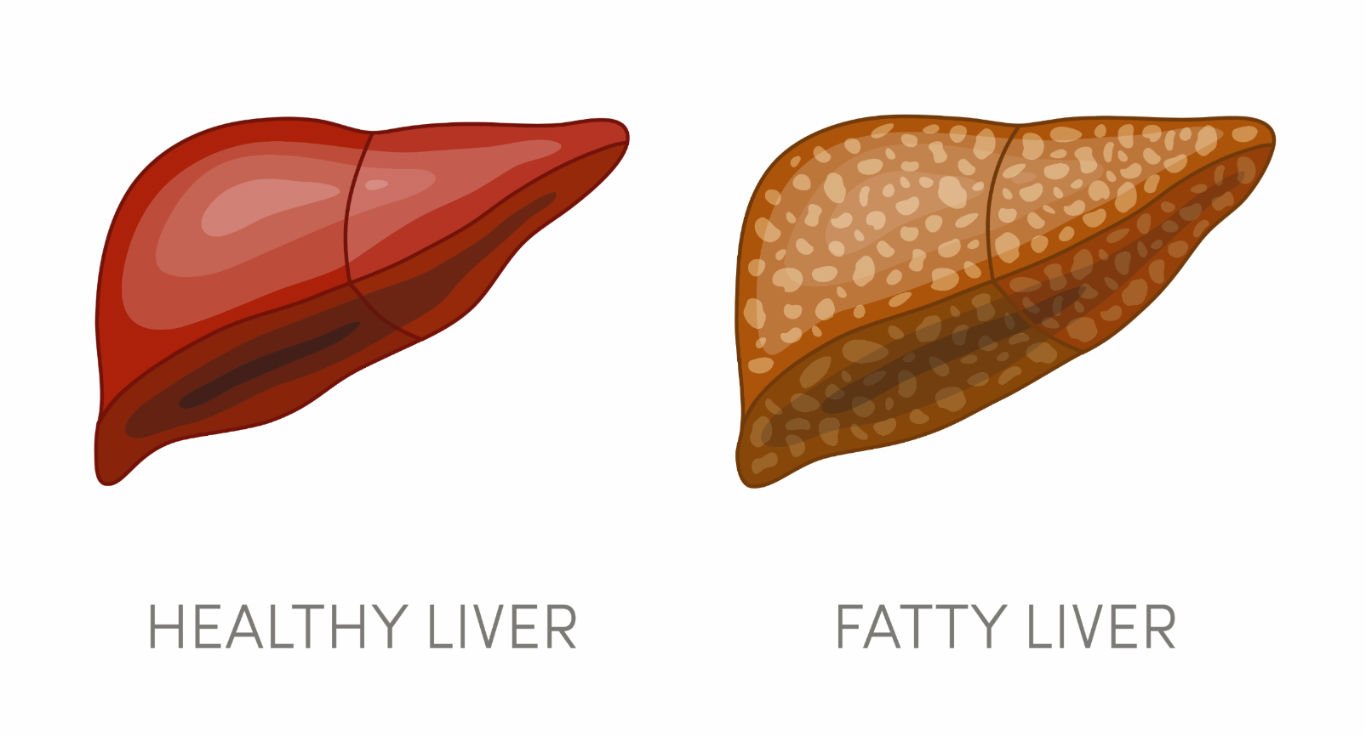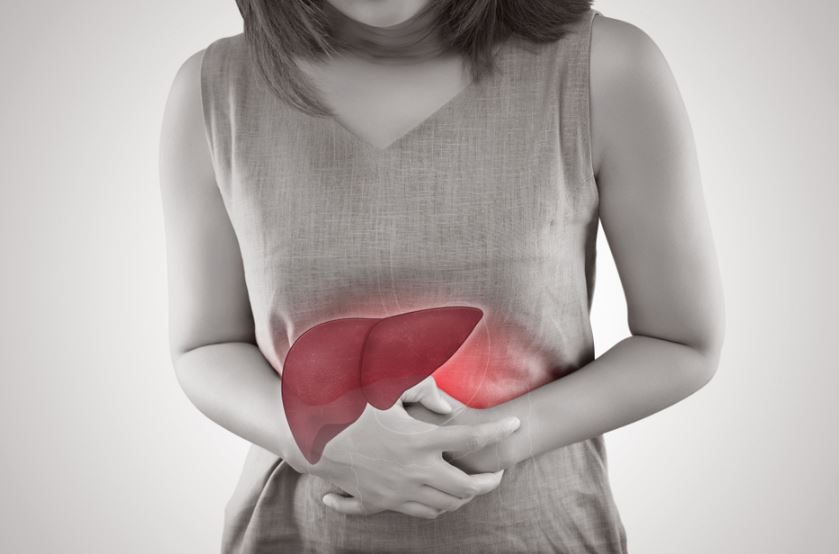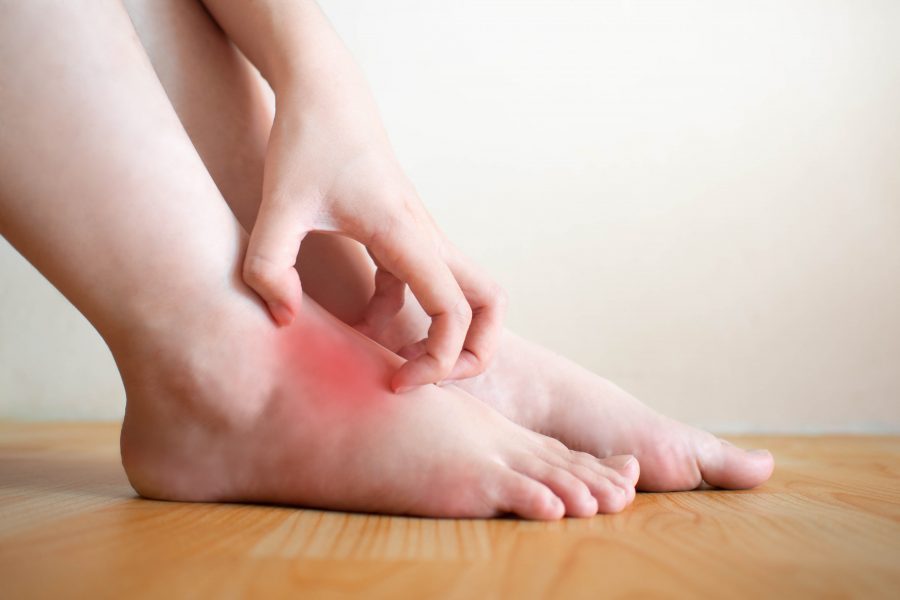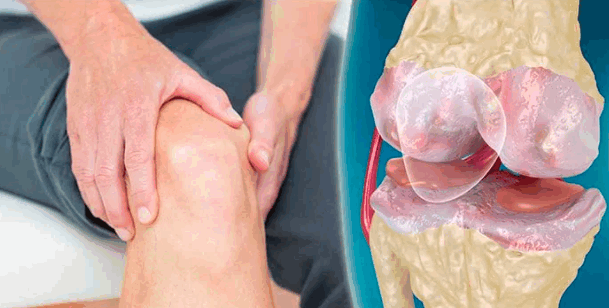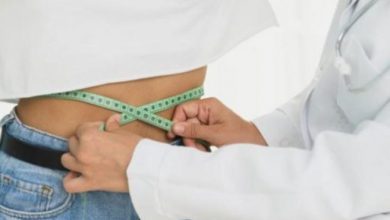8 reasons that cause sternum pain
Sternum pain is a pain in the chest area, including the bone in the chest and the cartilage that attaches it to the ribs. The sternum is located near the heart, so many people who have pain in the sternum may confuse chest pain. In this article, we will explain the cause and symptoms of sternum pain.
Although chest pain is often and correctly associated with heart disease, other medical problems can also cause chest pain.
Some people with sternum pain worry that they may have a heart attack. However, in some cases, the pain in this area is not related to the heart and is more due to problems with the sternum or surrounding cartilage.
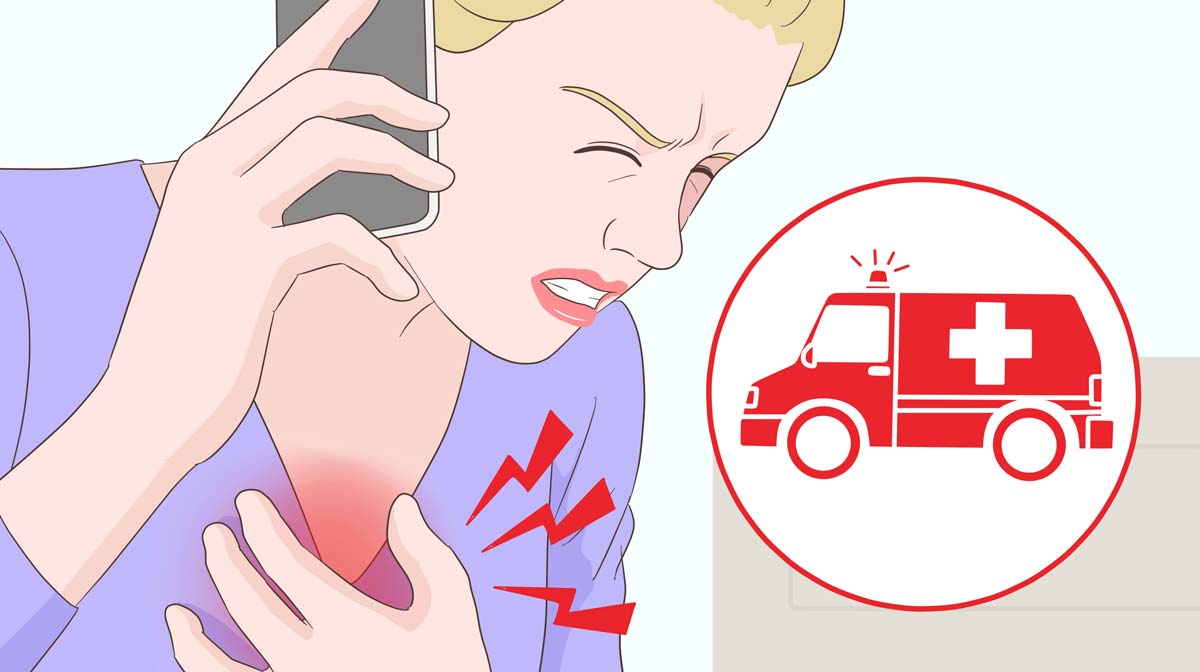
What is a sternum?
Sternum, this smooth bone is located in front of the chest and connects the ribs to the cartilage and the set of bones that protect the heart and lungs from damage.
Causes of sternum pain:
The sternum is located in front of the chest and is attached to the ribs. Chest pain is usually caused by problems with the muscles and bones near the sternum. Back pain or chest pain is called sternum or low back pain, which is sometimes caused by gastrointestinal issues.
Some of the most important causes of sternum pain are:
Costochondritis
The most common cause of pain in the sternum is when the cartilage between the sternum and the ribs becomes inflamed and infected. The pain from this infection is similar to a heart attack or heart disease. Sometimes it may be due to osteoarthritis or for no apparent reason.
Symptoms of costochondritis:
Severe pain in the left sternum
Pain that is exacerbated by deep breathing and coughing
Gear discomfort
Costochondritis is usually not a cause for concern. But it is recommended to see a doctor if the symptoms worsen.
Sternoclavicular joint injury
Sternoclavicular joint (joint between the collarbone and the sternum): The sternum’s upper part connects to the clavicle. Injury to this joint generally causes pain and discomfort in the upper chest.
Symptoms of sternoclavicular joint injury:
- Pain or swelling in the upper chest
- Problems or pain when moving the shoulder
- Lumps around the joint
Claw bone injuries
Claw injuries can cause persistent pain or limited movement in the shoulder and upper chest. Although the clavicle itself is not part of the sternum, it attaches to the sternum through cartilage. Damage to the collarbone can cause pain in the sternum. Clavicle injuries are often caused by an injury such as a car accident or sports injury, but infection or osteoarthritis can also cause this injury.
Symptoms of clavicle injury:
- Severe pain when raising the arm
- Bruising or swelling in the upper chest
- Shoulder sagging or abnormal shoulder position
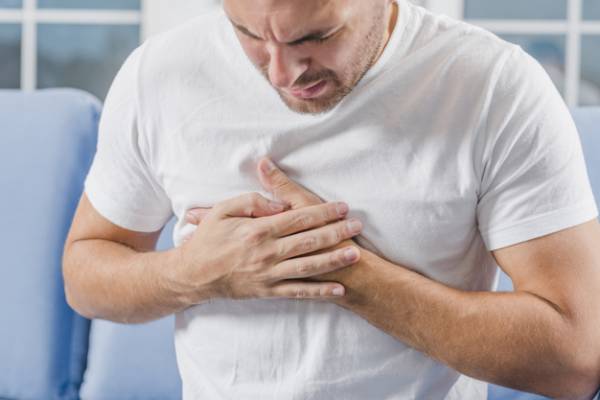
Hiatal hernia
Hernias may not be any apparent cause of chest pain. However, a hiatal hernia can cause pain in this area. A hiatal hernia occurs when the stomach deviates from its normal position and moves from the diaphragm to the chest.
Symptoms of hiatal hernia:
- Frequent burping
- Heartburn
- Blood vomiting
Sternum fracture
Fractures of the sternum, like fractures in other parts of the body, can cause a lot of pain. Chest fractures usually occur due to a direct impact, such as an accident or sports injury.
People who think they may have a sternum fracture should see a doctor right away because their hearts and lungs are also damaged.
Symptoms of a sternum fracture:
- Pain when inhaling or coughing
- Swelling of the sternum
- Difficult breathing
Gastric reflux
In gastric reflux, the patient feels food being returned from the stomach to the mouth and stomach acid enters the esophagus’s mouth. Gastric reflux can cause pain in the lower intestine and chest discomfort and is usually accompanied by a burning sensation.
Muscle strain or bruising
The sternum and ribs have many connected muscles, and these muscles can be stretched and tense with severe coughing or intense activity of the arms and torso. Injury or trauma can cause bruising of these muscles, which eventually causes pain and discomfort in this area.
Heart problems
In general, sternum pain associated with a heart attack or other heart problems may be related to specific symptoms. Vague and dangerous pain such as tingling in the neck, back, jaw, shoulders, and one or both arms. Pain that lasts more than a few minutes and increases with activity.
Symptoms of heart problems:
- Dizziness or weakness
- Cold sweat
- Shortness of breath
- Nausea or vomiting
- Feeling heavy
- Chest stiffness
Symptoms of sternum pain:
- In general, sternum pain is caused by the surrounding muscles or bones.
- Heartburn
- Blood vomiting
Differences between sternum pain and heart attack:
People who experience any chest pain may be concerned about a heart attack. However, sternum pain is different from a heart attack. People who have a heart attack experience specific symptoms before a heart attack, while the sternum’s pain usually starts suddenly.
Symptoms of a heart attack:
- Pressure or a feeling of heaviness in the center of the chest
- Sweating
- Difficult breathing
- Confusion
When should I see a doctor?
Several factors cause chest pain that requires immediate medical attention. You should see your doctor if you experience any of the following:
It is associated with symptoms of a heart attack
The pain lasts and does not improve over time
Severe vomiting or bloody vomiting
Also Read:
Is there a cure for mitral valve prolapse?


